Explore the controversy surrounding the evil Sukuna and why he did not need a proper backstory in Jujutsu Kaisen.
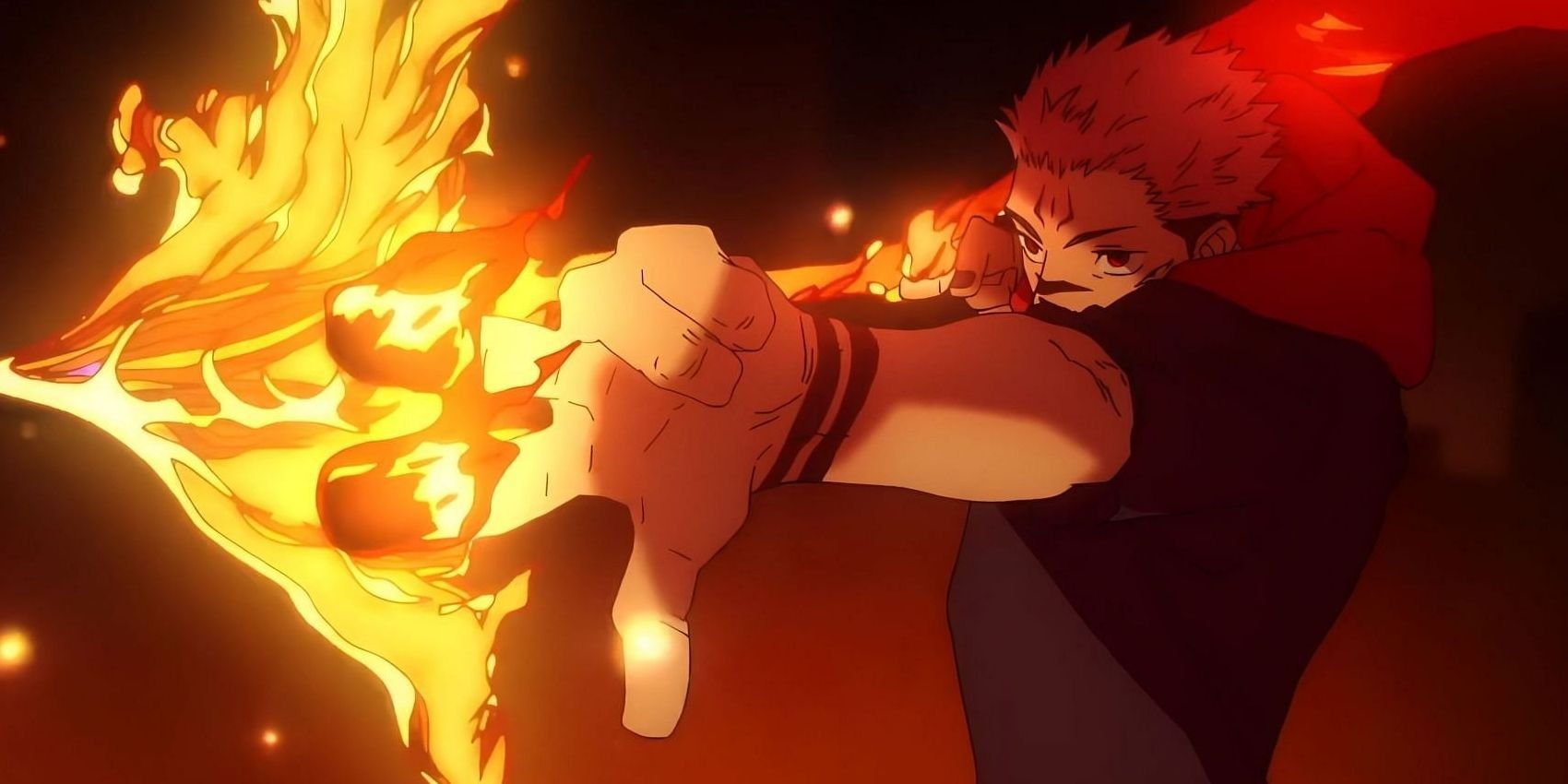
Jujutsu Kaisen features a variety of intriguing antagonists that have helped the series develop its great reputation. At the top of this list stands the fearsome King of Curses, Ryomen Sukuna. As a menacing villain, Sukuna is prevalent throughout the series, with the goals of both the sorcerers and the curses revolving around him.
However, even with the end of the Jujutsu Kaisen manga, there is still very little we actually know about this antagonist. Apart from a basic understanding of his motivations and short glimpses into his past, Gege never attempted to dive deeper into what made Sukuna the man he went on to become.
While some fans believe this was a missed opportunity, others think the opposite. Among the several controversial plot decisions in Jujutsu Kaisen, one particular aspect the series knocked out of the park was how it dealt with the main antagonist. Here is a closer look at why Sukuna did not need a proper backstory in Jujutsu Kaisen.
Sukuna’s Role in Jujutsu Kaisen

Sukuna is the primary villain in Jujutsu Kaisen, sharing a body with Itadori in the very first episode. Right from his initial appearance, he was a figure beyond comprehension. Having had his soul split into 20 fingers, the protagonist resolved to get rid of Sukuna’s threat by controlling him within the same form.
However, this was easier said than done, as Sukuna’s raw power and overbearing tenacity couldn’t be withheld by anyone. Despite Itadori restricting the antagonist’s movements, Sukuna exerted dominance, secretly planning his eventual return with Kenjaku.
He gradually ate away at Itadori’s mentality, causing massacres in Shibuya and forcing him to confront the dark realities of the world. However, his real scheme was revealed in the Culling Game when he shifted to Megumi’s body to use his Ten Shadows technique.

Through this new form and the possession of Maharoga, Sukuna finally became the greatest danger in the world. This forced the entire cast of sorcerers to group up against him in the Shinjuku Showdown Arc. Following Gojo’s shocking death, others, such as Kashimo and Hakari, also faced tragic endings.
Taking advantage of their sacrifice, Itadori delivered a fatal strike to the villain, freeing him from Megumi’s body and causing his death. While this is a brief overview of the entirety of Sukuna’s role in Jujutsu Kaisen, it gives us an understanding of how impactful yet confusing his character was.
He was always present through Itadori’s body and later Megumi’s body but never actively sought out any particular mission. When Mahito was willing to free him, Sukuna refused, even attacking the curse for his disrespectful attitude. After being freed by Kenjaku, he was present on screen the most but remained equally enigmatic till his death.
Common Shonen Tropes for Antagonists

The main reason why Sukuna’s character arc feels so irregular to fans is that it subverts every shonen trope of an antagonist. When thinking of popular villains in shows such as Naruto and One Piece, names like Pain and Doflamingo come to mind.
However, all of these figures have one common feature—a backstory. These don’t necessarily make us sympathize with them, but they provide an understanding of their reason for being. Creators aim to get us closer to the characters, making their eventual defeat more impactful and emotional.
Gege does not try to fit Sukuna into this mold. Sukuna has no grand goal, no need for vengeance, or even a wish to bring about an age of curses. Even when other villains aimed to work with him, Sukuna refused to cooperate. He is a deeply hedonistic person who lives life on his own whims. His only concern is his amusement, relishing chaos, death, and destruction.
Sukuna’s Enigmatic Past
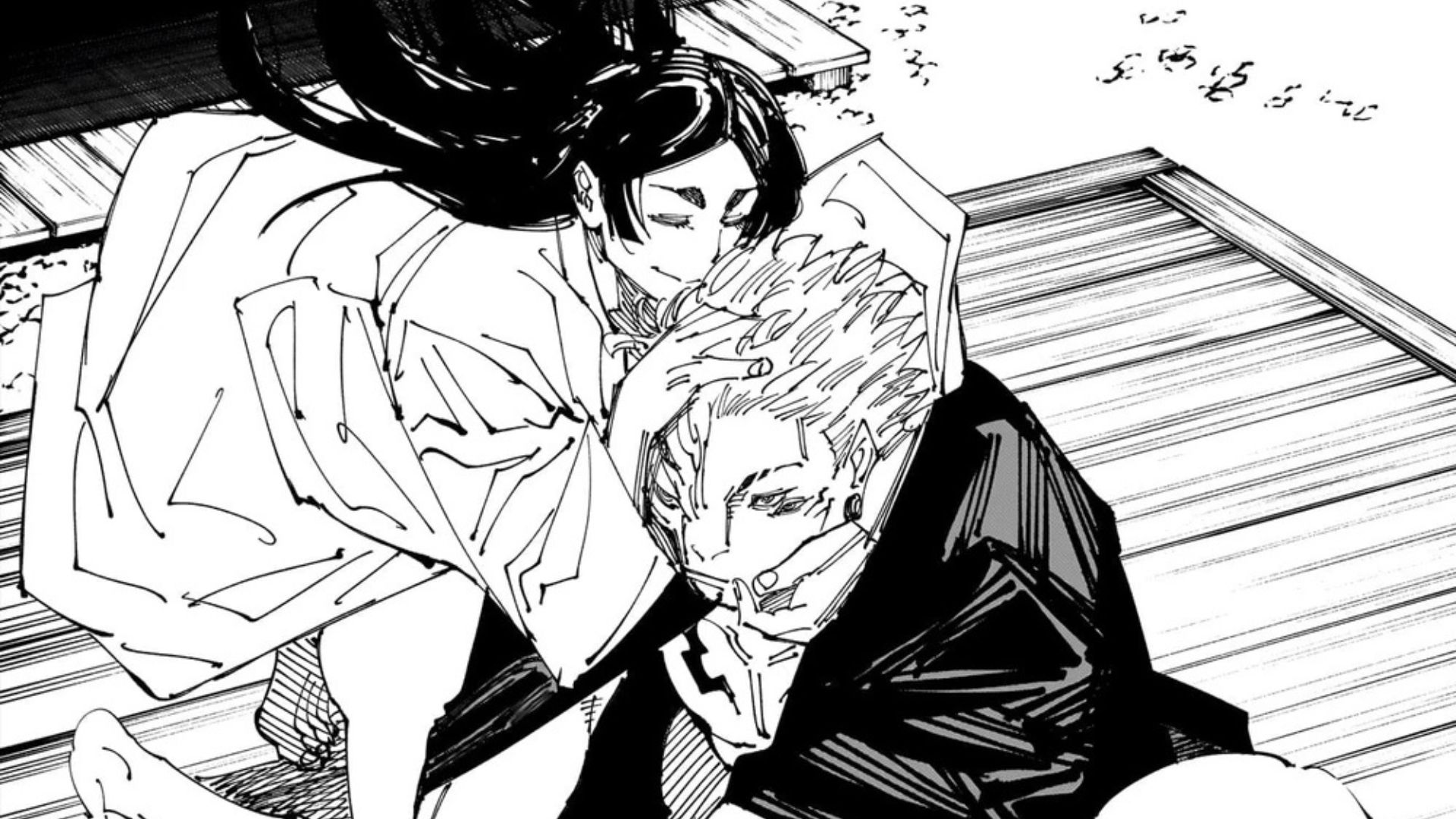
Gege further emphasized his desire to keep Sukuna an enigma by never properly highlighting his past. Most mentions of Sukuna’s backstory came when characters were talking about him or when he was simply in the same period as other figures.
From what little we know about him, Sukuna was born in the womb as a twin to a malnourished mother. Not wishing to starve, he ate his own brother, who later reincarnated as Wasuke Itadori. He was believed to live a lonely life until eventually rising up to become a talented sorcerer.
Soon after this, Sukuna brought about the Golden Age of Jujutsu, where he ran rampant and took part in mass killings. He took Uraume under his wing at this point, recruiting the young child for their cooling powers and culinary skills. Through Yorozu’s backstory, we got to know that Sukuna was celebrated as an idol during the Heian Era. Despite being embraced by the woman, he showed no mercy and brutally slashed her.
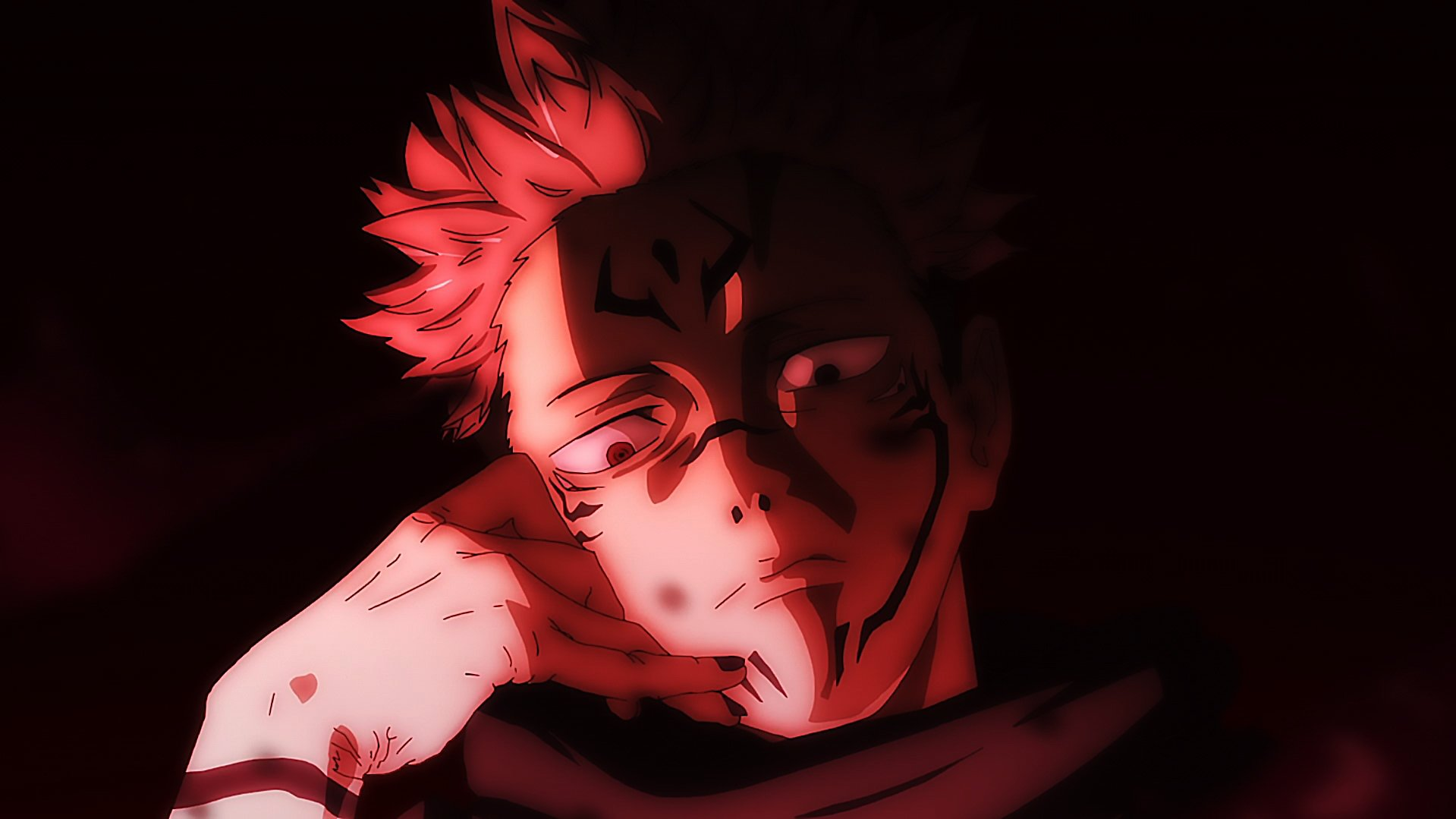
Finally, under even more mysterious circumstances, Kenjaku split up Sukuna’s soul into fingers to ensure his eventual resurrection. Through the years, his strength and malevolence were so great that his fingers gained power and were classified as special-grade cursed objects.
This is all Jujutsu Kaisen ever revealed about Sukuna’s past. There were never any specific chapters dedicated to him, while his past with Uraume was also covered after the manga ended. While one would expect this to lessen the importance of his character, it worked favorably in Jujutsu Kaisen.
Why Sukuna Doesn’t Require a Backstory
There are several reasons why Sukuna did not require a backstory in Jujutsu Kaisen. These include:
1) Force Beyond Understanding
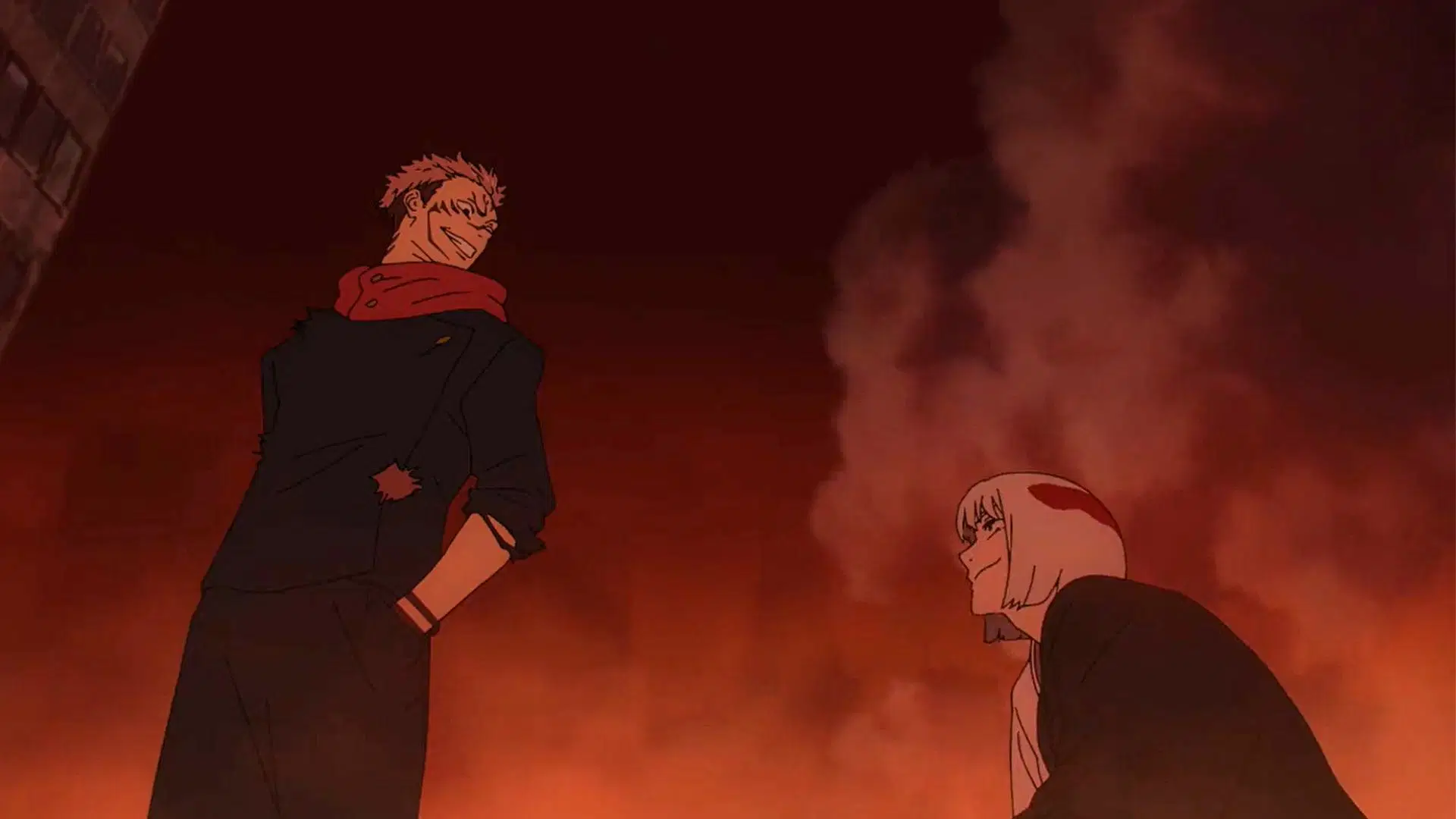
As seen earlier, Sukuna has always been a being that transcends human reasoning. He has a terrifying aura that does not align with either humans or curses. Even after centuries of existence, Sukuna works for no one but himself. His actions throughout the series have been ambiguous, but they are also what makes him so fascinating.
By keeping him unpredictable, the series keeps both characters and fans on their toes about what he could do next. Gege doesn’t provide the opportunity for viewers to assume Sukuna’s actions, which is what leads to so many great plot twists.
2) Mystery Enhances Fear
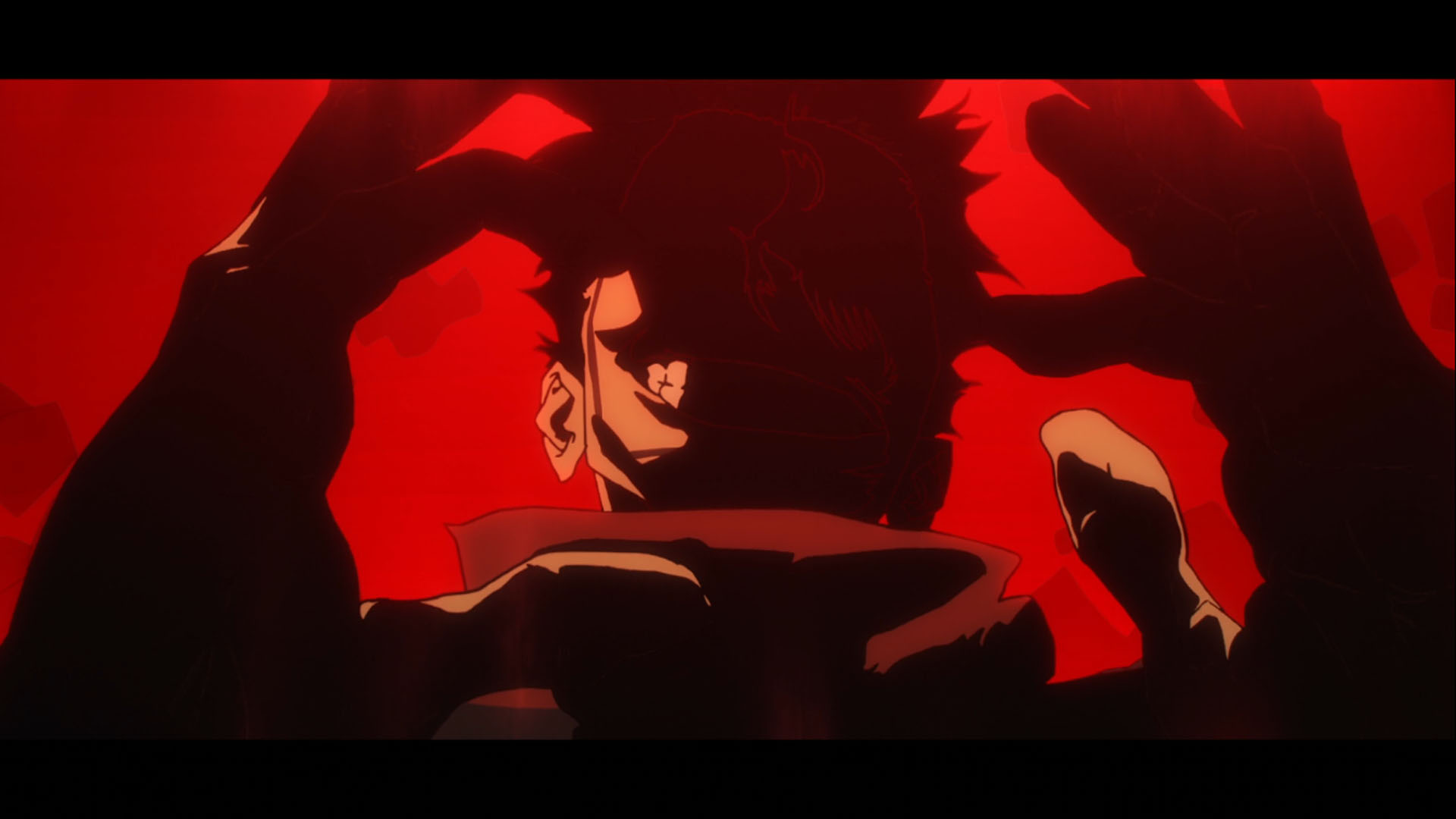
A subtle but excellent way of developing a villain as a threat is by keeping them a mystery. Fans know little about Sukuna, but they recognize the fear he causes among the cast. He looms over the story like an unknowable horror.
The less we know about him, the better, leaving no room for analysis. Sukuna, as the King of Curses and a being who can cut through infinity, believes himself to be better than the rest. Hence, fans themselves are not privy to his past. This establishes clear boundaries, placing him on a pedestal as other characters aim to bring him down.
3) Avoids Sympathy
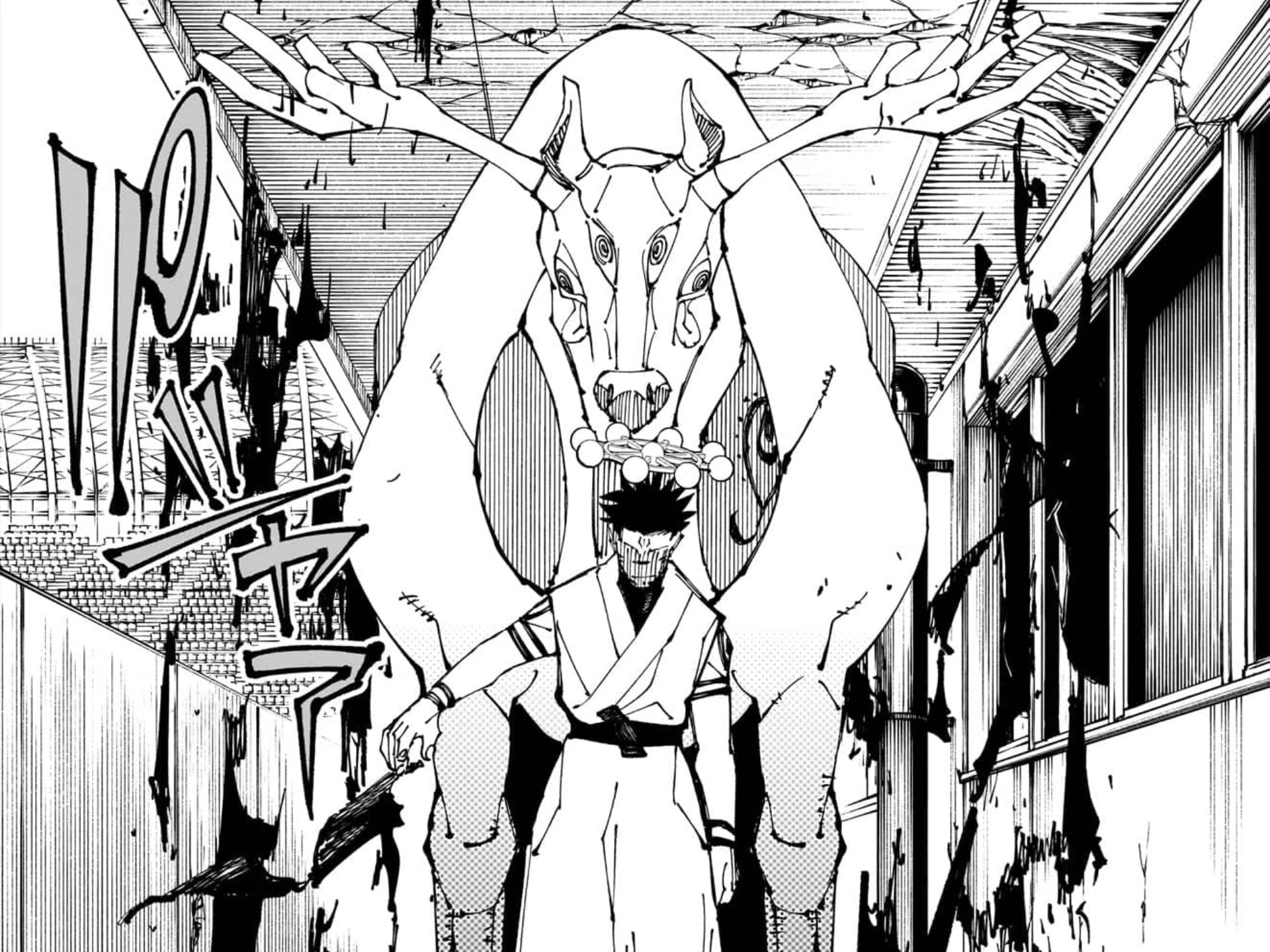
A recurring theme in shonen anime is the tendency to make villains relatable. Through insight into their tragic pasts, fans can understand the actions they take. This makes them more humane and sympathetic figures.
Sukuna does not desire to be such a person. He has no major event shaping his worldview—he simply enjoys destruction. Sukuna has killed men, women, and children in large numbers with little care. He symbolizes the most powerful and evil a curse can be. Any attempt to provide a reason for his actions would only fall short of expectations.
How Jujutsu Kaisen Benefits From Sukuna’s Lack of Backstory
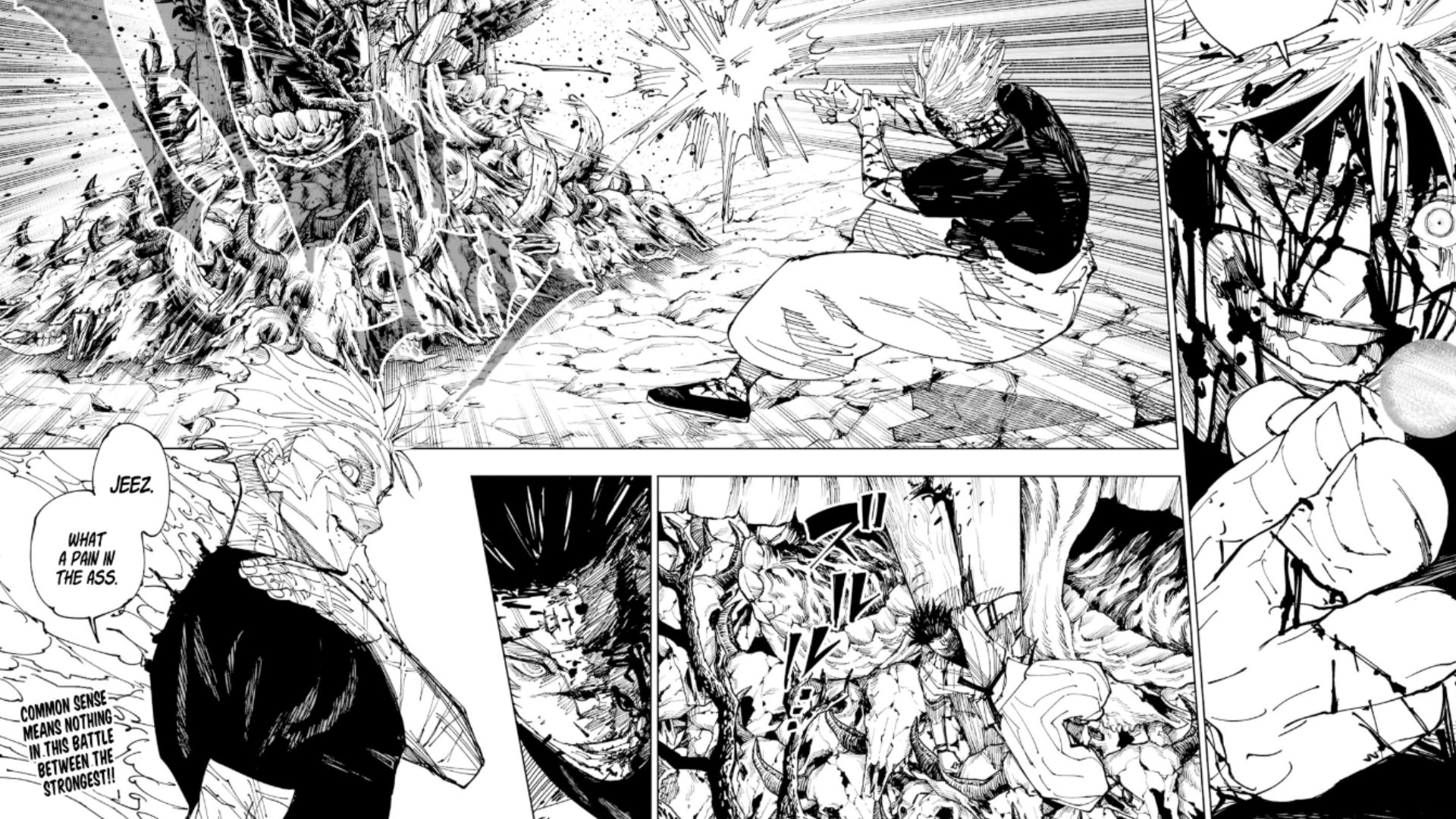
Making Sukuna the center of conflict has helped Jujutsu Kaisen benefit in several ways. The first is the praise it receives for being a trailblazer rather than simply following stereotypes. It would have been easy to give Sukuna a half-baked backstory, but there was no reason to do so.
Gege went one step further by actually staying true to Sukuna’s title as the “strongest in history.” He did not hesitate to make the antagonist kill several characters in the final battle, bringing his long-awaited return to fruition.
Jujutsu Kaisen continually used Sukuna’s mystery to build tension. The series developed the struggles of the sorcerers as they attempted to face this godlike being. The terror of Sukuna’s presence in Shibuya, the agony of his defeating Gojo, and the lack of concrete answers for his actions made him a rightfully detestable figure.
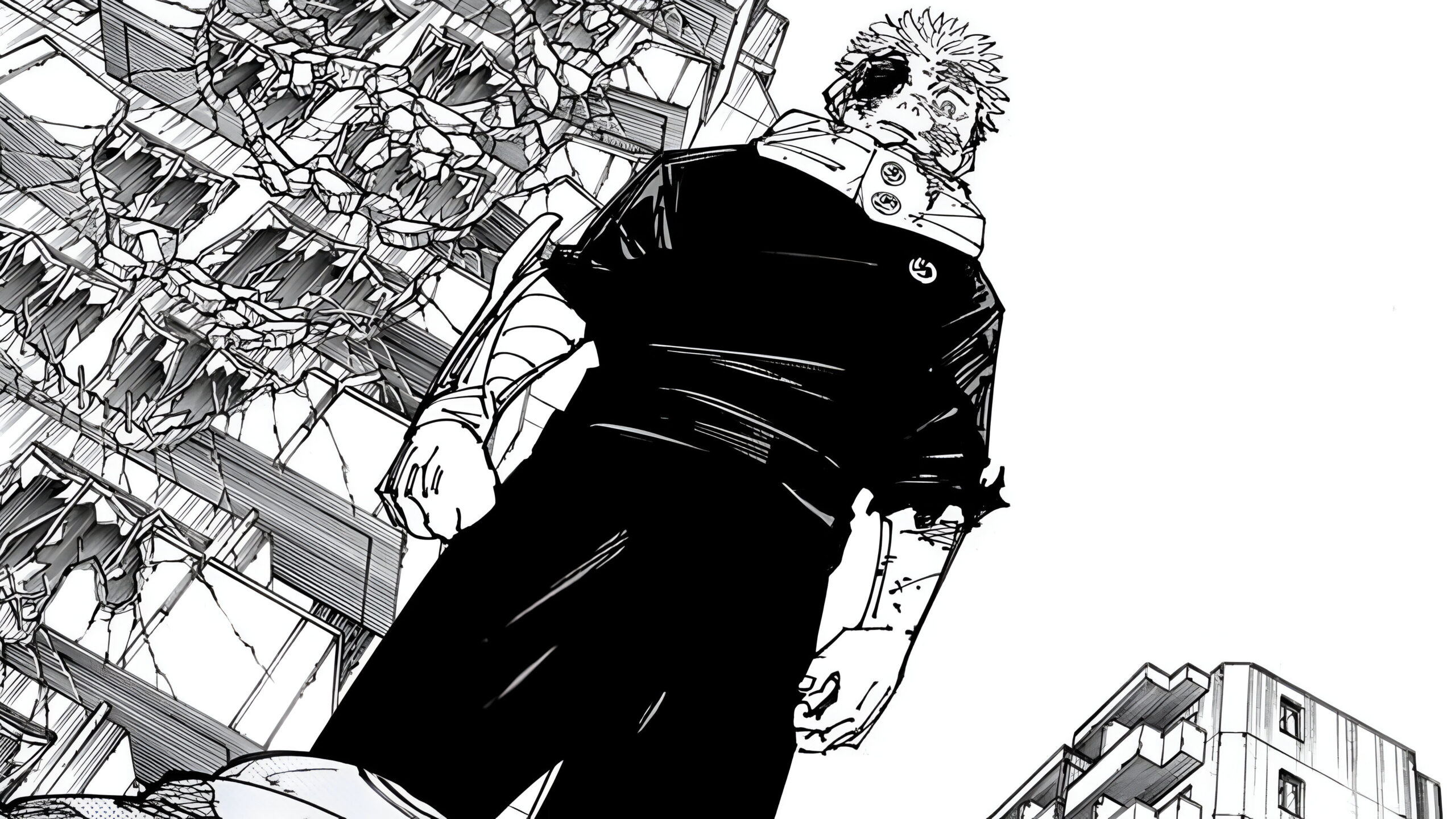
Finally, when Sukuna was near death, Itadori wished to save him, only to be turned down by the antagonist. Sukuna did not desire sympathy, dying the same way he lived, with pride. However, in a melancholic afterlife sequence, he also expressed his wish to tread a new path if given a chance.
This aligned with Sukuna’s character once again, as he lived to fight and had never known defeat. After being beaten by Itadori, he could finally look toward the future, wishing to move forward with Uraume. Hence, the man who had remained true to his evil ideals—always the strongest—was finally allowed to have goals beyond destruction. This subtly added layers to his character without undoing his unorthodox nature.
Hence, through Sukuna, Jujutsu Kaisen provides a goal to the rest of the cast while retaining fans through the unsurpassable and mystifying antagonist. This makes for a compelling and unique viewing experience.
Conclusion
Sukuna’s lack of a proper backstory is a deliberate narrative choice that strengthens Jujutsu Kaisen. By keeping him an enigma, the story avoids falling into common shonen tropes that seek to justify or humanize antagonists.
By avoiding unnecessary overexposure, the series embraces Sukuna’s role as a chaotic and all-powerful force to the very end.
Looking For More?
Thank you for reading the article. We provide the latest news and create guides for Baldur’s Gate 3, Starfield, ARK Survival Ascended, and more. Also, watch Deltia play games on Twitch or visit his YouTube channel!
 Reddit
Reddit
 Email
Email